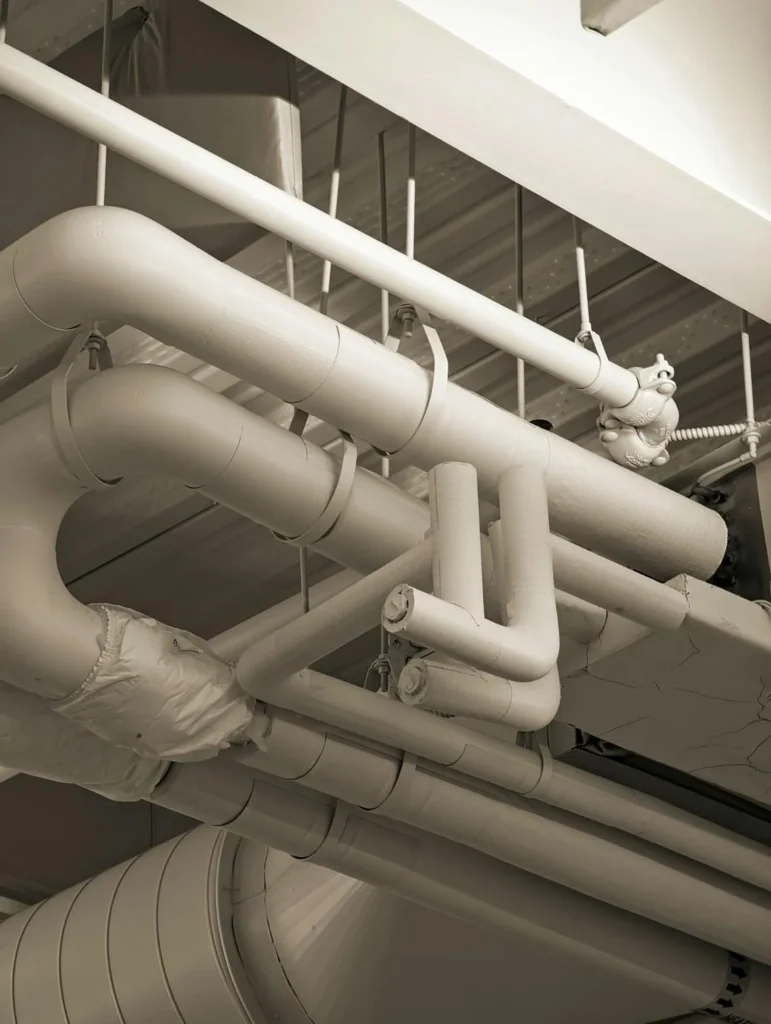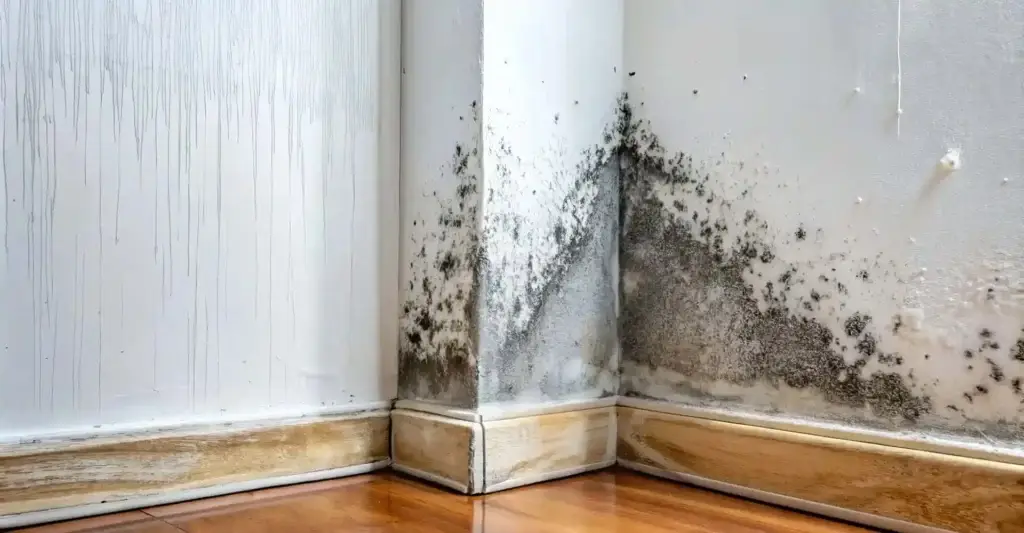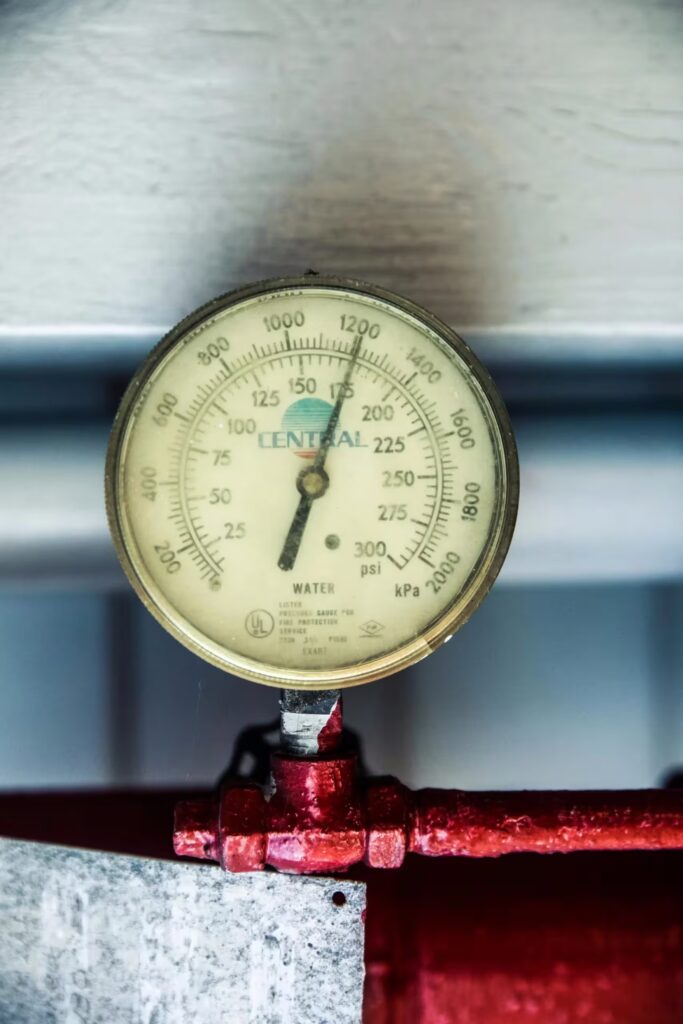Quick answer
Biohazard clean-up involves the safe removal, cleaning, and disposal of hazardous biological and chemical substances that pose significant risks to human health and the environment, such as those found at crime scenes, unattended deaths, or infectious disease outbreaks. In the UK, professional intervention is essential due to severe dangers from pathogens, chemical hazards, and airborne contaminants, alongside strict health and safety regulations. Professionals follow a meticulous process: assessment, containment, specialised material removal, thorough decontamination using hospital-grade disinfectants, and rigorous verification testing. This systematic approach ensures complete safety, legal compliance, and the restoration of affected areas by certified experts.
Biohazard clean-up in the UK
When faced with the aftermath of a hazardous event, the importance of professional biohazard clean-up cannot be overstated. Whether it’s a crime scene, industrial accident, or infectious disease outbreak, the risks associated with improper clean-up are severe. In the UK, strict health and safety regulations govern how biohazardous materials should be handled, making professional biohazard clean-up services essential for ensuring thorough decontamination and compliance with the law.
This article explores what biohazard clean-up entails, why it’s necessary, and how professionals, like us at Ideal response, carry out the process safely and effectively.
What is biohazard clean-up?
Biohazard clean-up involves the safe removal, cleaning, and disposal of hazardous biological and chemical substances. These substances pose risks to human health and the environment and must be handled with extreme care.
Common biohazard scenarios include:
- Crime and trauma scenes: Blood, bodily fluids, and forensic chemicals.
- Unattended deaths: Decomposition-related contamination.
- Infectious disease decontamination: Bacteria, viruses, and fungi outbreaks.
- Sharps disposal: Used needles and medical waste.
- Hoarder clean-ups: Rotting waste, animal infestations, and hazardous materials.
- Industrial accidents: Chemical spills, hazardous gases, and workplace injuries.
Why is professional biohazard clean-up essential?
Attempting to clean biohazardous materials without proper training and equipment can be dangerous. The risks include:
- Exposure to pathogens: Bloodborne viruses like Hepatitis B, Hepatitis C, and HIV can be present in bodily fluids.
- Chemical hazards: Industrial accidents and chemical spills pose risks of toxic exposure.
- Airborne contaminants: Bacteria and viruses can linger in the air and on surfaces.
- Legal compliance: UK regulations, including Health and Safety Executive (HSE) guidelines, require proper disposal and decontamination of biohazardous waste.
A professional service ensures compliance with UK safety standards and protects both individuals and the wider community from health risks.
The biohazard clean-up process
Professional biohazard clean-up follows a structured and meticulous process to ensure complete decontamination and safety. Here’s how it works:
1. Assessment and Risk Evaluation
Before any clean-up begins, professionals assess the affected area, identify hazards, and determine the best approach. This step includes:
- Testing for airborne and surface contaminants.
- Identifying potential biohazards.
- Developing a tailored clean-up plan.
2. Containment and safety precautions
To prevent cross-contamination, technicians establish containment zones using barriers and negative air pressure systems. Personal Protective Equipment (PPE) such as respirators, gloves, and hazmat suits are used throughout the process.
3. Removal of biohazardous materials
All contaminated materials, including bodily fluids, infected surfaces, and hazardous waste, are carefully removed and disposed of in compliance with UK regulations.
- Solid waste is sealed in biohazard disposal bags and containers.
- Liquid waste is treated and neutralised before disposal.
- Porous materials that cannot be sanitised (e.g. carpets) are safely discarded.
4. Cleaning and Decontamination
Using hospital-grade disinfectants, professional teams thoroughly clean affected surfaces, ensuring all biological contaminants are eradicated. Advanced techniques include:
- Fogging and misting treatments: Dispersing disinfectants into hard-to-reach areas.
- UV light sterilisation: Killing bacteria and viruses on exposed surfaces.
- HEPA vacuuming: Removing airborne contaminants and fine particles.
5. Verification and testing
After decontamination, professionals conduct rigorous testing to confirm the area is safe. Surface swab tests and air quality checks are performed to ensure no trace of biohazards remains.
6. Restoration and final clean-up
If the contamination caused structural damage, restoration work is carried out to return the area to its original condition. This may include:
- Replacing affected flooring, walls, or furnishings.
- Applying protective coatings to prevent future contamination.
- Final inspection to guarantee a safe environment.
UK regulations for biohazard clean-up
In the UK, biohazard clean-up is governed by several legal frameworks to ensure public health and environmental safety. These include:
- Health and Safety at Work Act 1974: Employers must protect workers from hazardous substances.
- Control of Substances Hazardous to Health (COSHH) Regulations 2002: Requires proper handling and disposal of hazardous materials.
- Hazardous Waste Regulations 2005: Mandates the correct storage, transport, and disposal of biohazardous waste.
- The Environmental Protection Act 1990: Regulates the disposal of waste materials to prevent pollution.
Failure to comply with these laws can lead to significant fines and legal action.
Why choose professional biohazard clean-up services?
Hiring a professional biohazard clean-up service ensures safety, efficiency, and compliance with UK regulations. Here’s why professional services, such as those offered by Ideal Response, are the best choice:
- 24/7 rapid response: Immediate action minimises health risks and prevents contamination from spreading.
- Certified and trained experts: Technicians are fully trained in handling biohazards and use industry-leading techniques.
- Advanced equipment and solutions: Industrial-strength disinfectants, PPE, and air filtration ensure thorough decontamination.
- Legal and insurance compliance: Professionals manage documentation and legal requirements for regulatory adherence.
- Discreet and compassionate service: Sensitive situations, such as crime scene clean-ups, are handled with the utmost care and respect.
Summary
Biohazard clean-up is a vital service that ensures public health and safety following hazardous incidents. Whether it’s a crime scene, industrial accident, or infectious outbreak, professional services provide expertise, compliance, and peace of mind.
If you need professional biohazard clean-up in the UK, Ideal Response is here to help. Our expert team offers fast, discreet, and compliant services to restore affected areas to a safe and habitable condition.
For immediate assistance talk to us.
Flood damage in UK property: Frequently asked questions
What is considered a biohazard that requires professional clean-up in the UK?
A biohazard refers to any biological or chemical substance that poses a risk to human health and the environment, requiring specialised handling and disposal. In the UK, common scenarios necessitating professional biohazard clean-up include crime and trauma scenes (blood, bodily fluids, forensic chemicals), unattended deaths (decomposition-related contamination), infectious disease outbreaks (bacteria, viruses, fungi), sharps disposal (needles, medical waste), hoarder clean-ups (rotting waste, infestations), and industrial accidents involving hazardous substances.
Why is professional biohazard clean-up essential, and what are the risks of DIY?
Professional biohazard clean-up is essential due to the severe risks associated with handling hazardous materials without proper training and equipment. Attempting a DIY clean-up can lead to exposure to dangerous pathogens (like Hepatitis B/C, HIV), toxic chemical hazards, and airborne contaminants. Furthermore, strict UK regulations (e.g., Health and Safety Executive guidelines, COSHH, Hazardous Waste Regulations) govern the proper disposal and decontamination of biohazardous waste. Failure to comply with these laws can result in significant fines and legal action, compromising both personal safety and legal adherence.
What steps do professional biohazard clean-up services follow in the UK?
Professional biohazard clean-up services in the UK adhere to a meticulous, structured process to ensure complete decontamination and safety. This typically involves:
-
Assessment and Risk Evaluation: Identifying hazards and developing a tailored plan, including testing for contaminants.
-
Containment and Safety Precautions: Establishing zones with barriers and negative air pressure systems, alongside the use of comprehensive Personal Protective Equipment (PPE).
-
Removal of Biohazardous Materials: Carefully collecting and disposing of all contaminated waste in compliance with UK regulations.
-
Cleaning and Decontamination: Thoroughly cleaning surfaces with hospital-grade disinfectants and using advanced techniques like fogging, UV light sterilisation, and HEPA vacuuming.
-
Verification and Testing: Conducting rigorous surface swab tests and air quality checks to confirm the area is free from biohazards.
-
Restoration and Final Clean-up: Repairing any structural damage and restoring the area to its original, safe condition.
What UK regulations govern biohazard waste disposal and clean-up?
In the UK, biohazard waste disposal and clean-up are governed by several stringent legal frameworks to ensure public health and environmental safety. Key regulations include the Health and Safety at Work Act 1974 (protecting workers from hazardous substances), the Control of Substances Hazardous to Health (COSHH) Regulations 2002 (requiring proper handling and disposal of hazardous materials), the Hazardous Waste Regulations 2005 (mandating correct storage, transport, and disposal of biohazardous waste), and the Environmental Protection Act 1990 (regulating waste disposal to prevent pollution). Non-compliance can result in substantial fines and legal repercussions.
How do biohazard clean-up professionals ensure an area is completely safe and decontaminated?
Biohazard clean-up professionals ensure an area is completely safe and decontaminated through a rigorous, multi-stage process and the use of specialised equipment. After initial removal of visible hazards, they use hospital-grade disinfectants and advanced techniques such as fogging, misting treatments, UV light sterilisation, and HEPA vacuuming to eradicate all biological contaminants from surfaces and air. Crucially, they perform rigorous verification and testing, including surface swab tests and air quality checks, to scientifically confirm that no traces of biohazards remain, guaranteeing the area’s safety and habitability.
What kind of PPE do biohazard clean-up technicians wear?
Biohazard clean-up technicians wear extensive Personal Protective Equipment (PPE) to prevent any exposure to hazardous substances. This typically includes full hazmat suits, respirators (such as FFP3 masks), multiple layers of gloves (e.g., nitrile), waterproof boots with protective toe caps, and eye/face protection (safety glasses or full-face visors). The specific level of PPE used is determined by a thorough risk assessment of the scene’s hazards, ensuring maximum protection against pathogens, chemicals, and airborne contaminants.
Does insurance cover the cost of biohazard clean-up in the UK?
In many cases, the cost of biohazard clean-up in the UK may be covered by homeowners’ or business insurance policies, particularly if the incident stems from an insured event like a crime, accident, or certain types of property damage. However, coverage can vary significantly depending on your specific policy’s terms, conditions, and the nature of the incident. It is crucial to contact your insurance provider immediately after an incident to understand your policy’s details and to confirm what aspects of biohazard remediation are covered. Professional clean-up companies can often assist with documentation required for insurance claims.

Andy Garside - Operations Director
Andy brings over 30 years of extensive experience in disaster response and hazardous waste management. With a career deeply rooted in environmental and pollution incident response, Andy possesses thorough technical knowledge of hazardous materials and waste industry operations. Andy ensures the highest standards of safety, compliance, and environmental responsibility across a wide range of complex remediation and decontamination projects. For Andy, operational excellence means not just protecting assets, but also safeguarding public health and the environment, even in the most high-pressure situations.





















